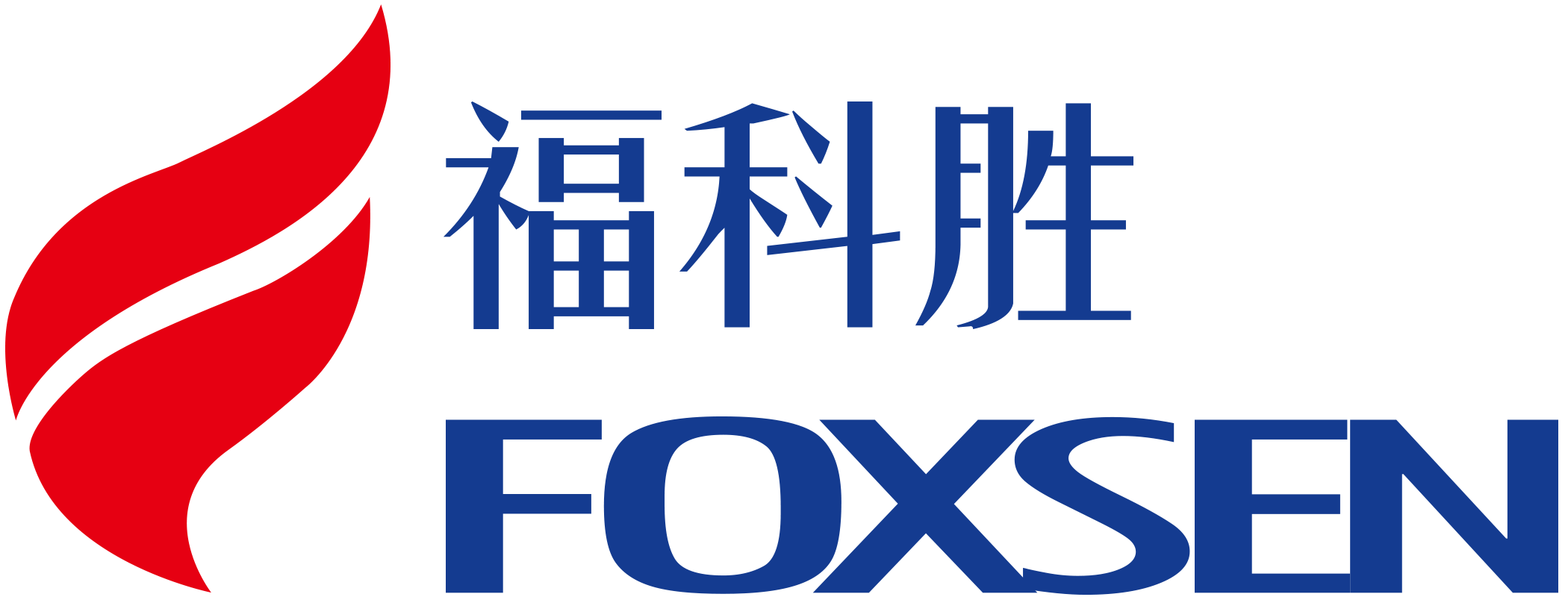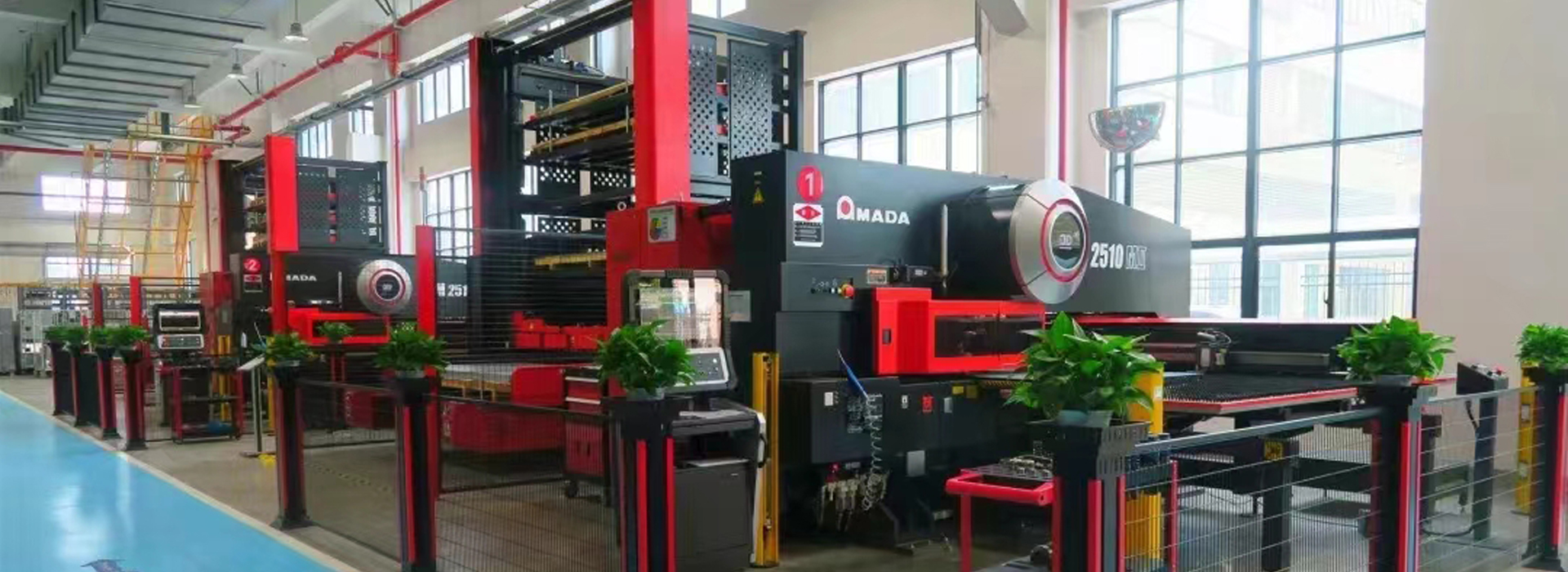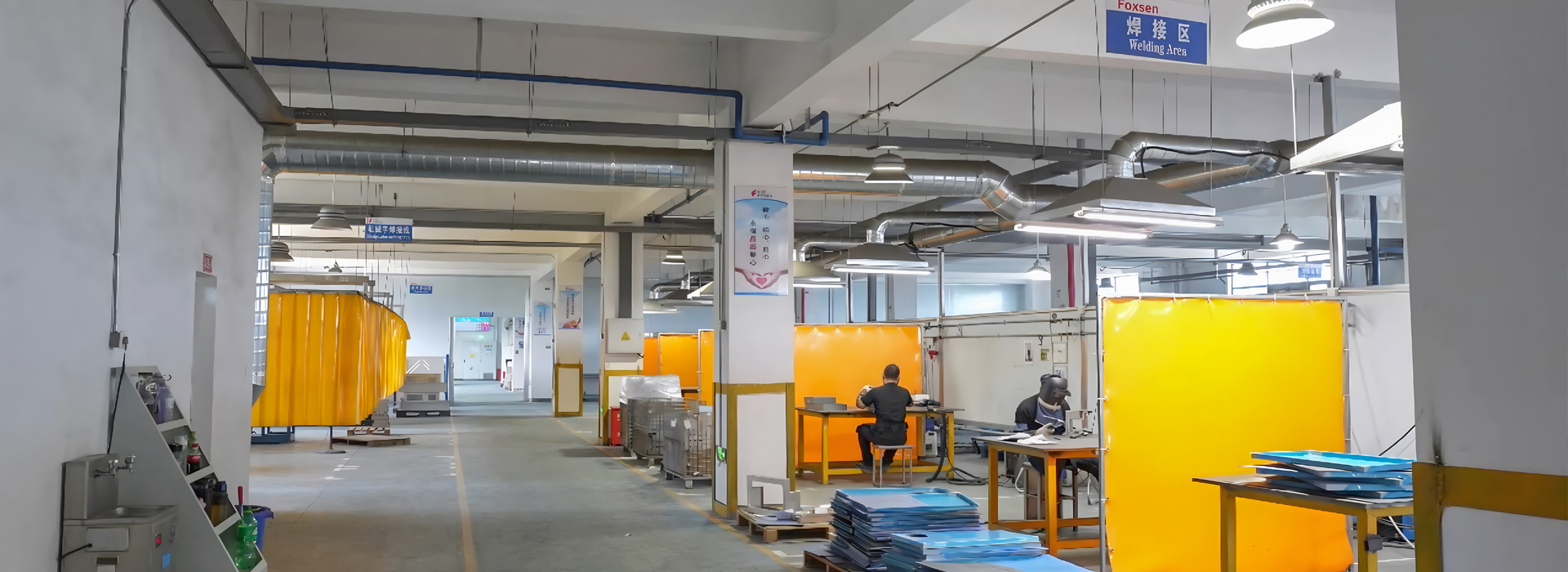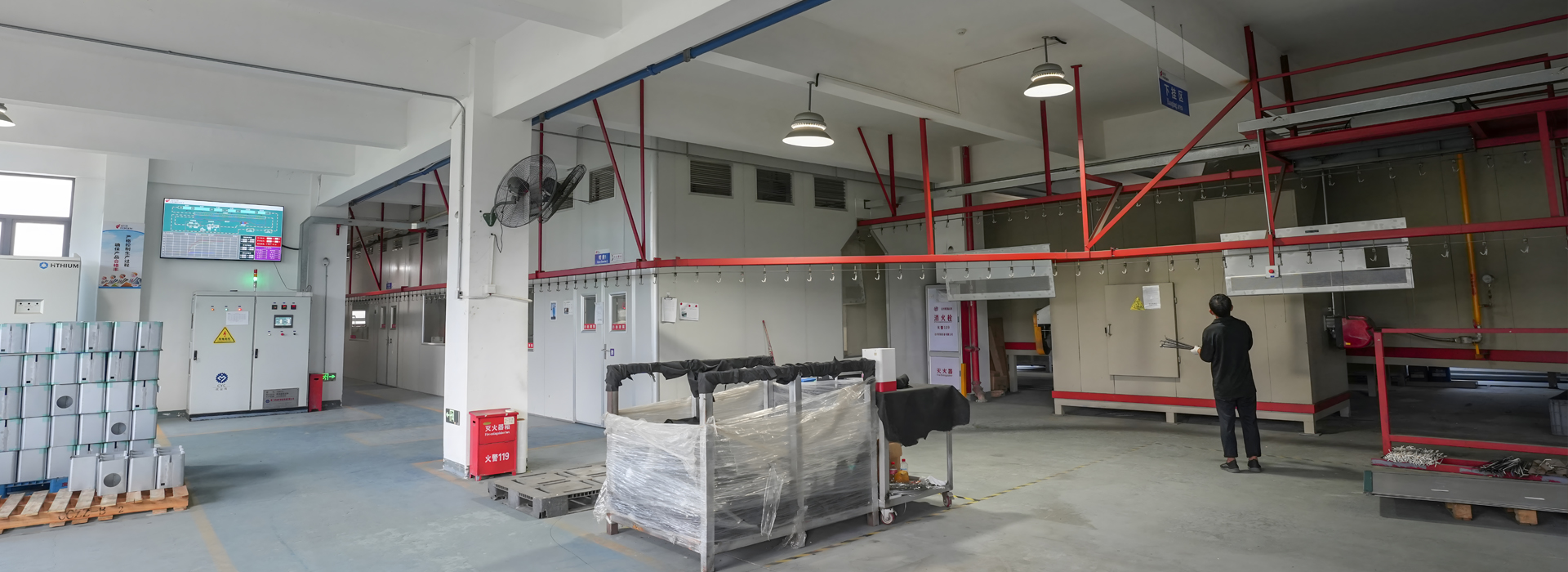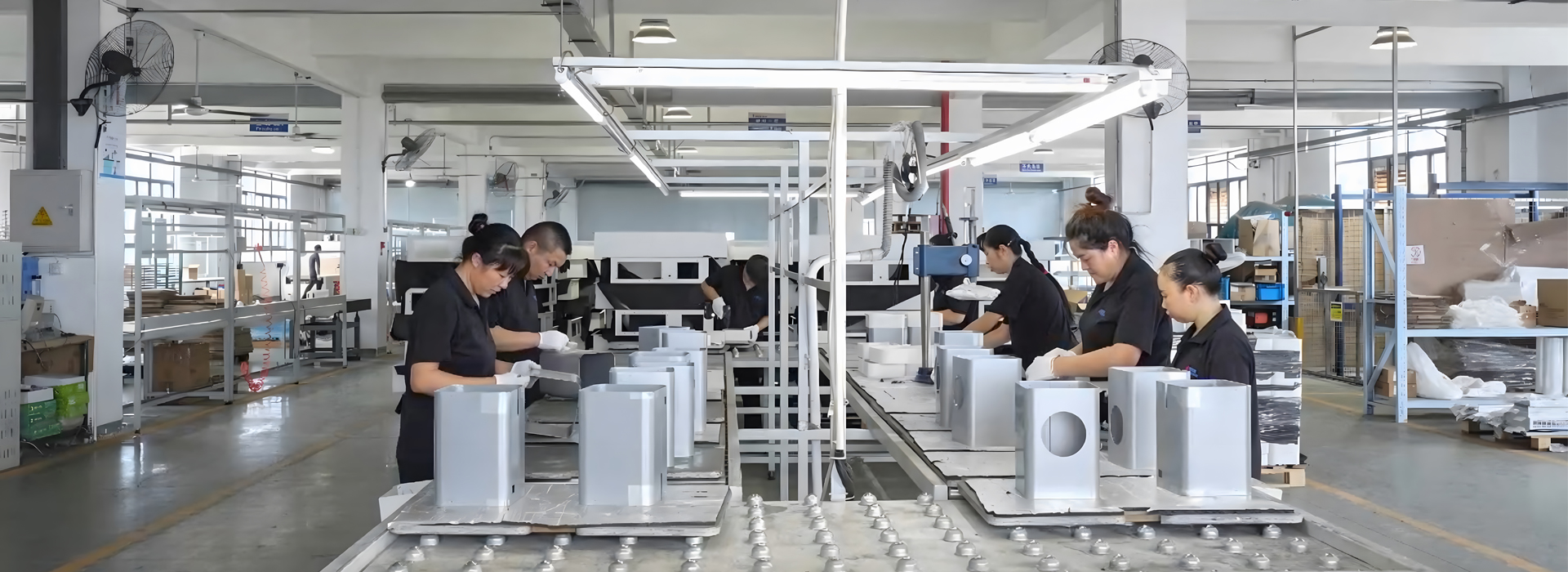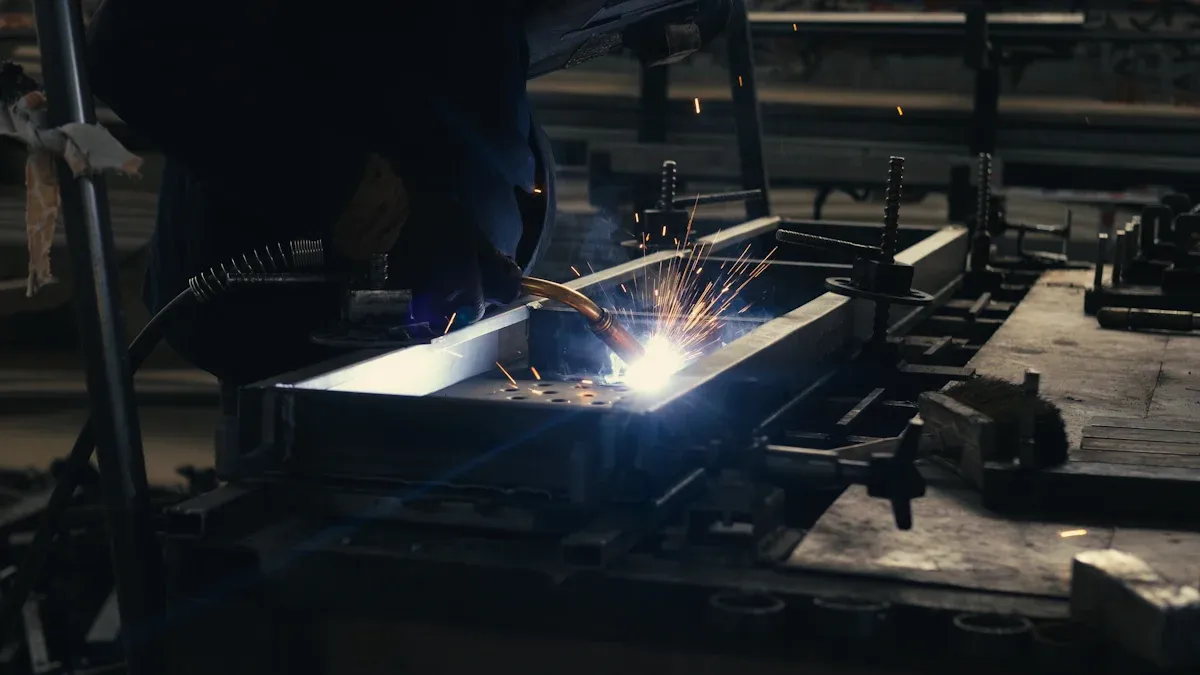Laser welding revolutionizes sheet metal welding and fabrication by delivering unmatched precision, speed, and efficiency. This advanced technique uses a concentrated laser beam to fuse metals, ensuring strong, clean, and aesthetically pleasing joints. Industries such as automotive, aerospace, and electronics have embraced laser welding for its ability to streamline production. For example:
Automotive: 78% adoption rate for battery tab welding.
Medical: 92% adoption rate for implant hermetic sealing.
Aerospace: 65% adoption rate for titanium airframe joints.
The integration of automation and real-time monitoring further enhances its appeal, allowing manufacturers to produce intricate components with minimal distortion. Laser welding doesn’t just weld sheet metal—it transforms how we approach modern manufacturing.
Key Takeaways
Laser welding is very precise, perfect for detailed designs and strict needs.
It can cut work time by 40%, saving money and boosting output.
Less heat damage makes parts stronger and last longer in tough uses.
Picking the right method, like conduction or keyhole welding, is key for good welds.
Checking quality often and preparing materials well helps avoid mistakes in welding.
Understanding Laser Welding
What is Laser Welding?
When I think about laser welding, I see it as the pinnacle of precision in metal fabrication. This advanced process uses a highly concentrated laser beam to join metal pieces by melting their edges. Unlike traditional welding methods, which often rely on filler materials, laser welding creates a seamless bond by directly fusing the base metals. The result? Stronger, cleaner, and more aesthetically pleasing joints.
What makes laser welding so unique is its ability to focus energy with pinpoint accuracy. The laser beam generates intense heat in a localized area, creating a small melt pool. This minimizes the heat-affected zone (HAZ), which is crucial for maintaining the integrity of heat-sensitive materials. For example, Meyer Werft's research in laser technology has shown that this method can double welding speeds while significantly reducing lead times for panel production. Such advancements highlight why industries like aerospace and automotive are rapidly adopting laser welding.
In technical terms, the process involves the interaction of light, electricity, and heat. As the laser melts the metal, a molten pool forms. With increased heat input, the molten pool experiences recoil pressure, leading to the creation of a "keyhole." This keyhole welding technique ensures deep penetration and high-quality welds, even in challenging applications. The versatility of laser welding allows it to be performed in open air or with simple shielding gases, eliminating the need for complex vacuum setups.
Benefits of Laser Welding for Sheet Metal
The advantages of laser welding for sheet metal are transformative. Let me break it down into key benefits that make this technology a game-changer:
Unmatched Precision: Laser welding offers incredible accuracy, enabling tight tolerances and intricate designs. This is especially important in industries like aerospace, where every millimeter counts. The high energy density of the laser ensures localized heating, reducing the risk of distortion.
Enhanced Speed and Efficiency: Time is money in manufacturing, and laser welding delivers. Studies have shown that this method can reduce processing times by up to 40%. For instance, the FusionLine welding system by Trumpf combines different beam diameters to achieve higher welding speeds and better quality. This system has even doubled the number of vessels delivered annually in certain applications.
Improved Material Performance: By minimizing the heat-affected zone, laser welding enhances the durability and reliability of components. Research has demonstrated that reducing the HAZ by up to 50% leads to better long-term performance. This is particularly valuable for lightweight yet robust designs in automotive and aerospace sectors.
Cost Savings: While the initial investment in laser welding equipment may seem high, the long-term savings are undeniable. Manufacturers report productivity boosts of up to 30%, thanks to reduced rework and faster production cycles. The smooth, fault-free surfaces produced by laser welding also eliminate the need for extensive post-processing.
Versatility Across Materials: Whether you're working with stainless steel, aluminum, or titanium, laser welding adapts seamlessly. It’s even suitable for inaccessible areas, such as repairs inside vacuum tubes. This flexibility makes it a go-to solution for diverse applications.
To illustrate these benefits further, consider the following table summarizing key improvements achieved through laser welding:
In my experience, the ability to achieve high static and dynamic strength in welded seams is another standout feature. This ensures that the final product not only looks good but also performs exceptionally well under stress. The combination of speed, precision, and quality makes laser welding an indispensable tool in modern manufacturing.
Tip: If you're considering transitioning to laser welding, start by evaluating your current production challenges. Whether it's reducing distortion, improving weld quality, or increasing output, laser welding can address these issues effectively.
Techniques in Laser Welding
Keyhole Welding
Keyhole welding is one of the most advanced laser welding techniques, and I find it fascinating because of its ability to create deep, strong welds. This method uses a high-intensity laser beam to form a small "keyhole" in the material. The keyhole stabilizes the molten pool, ensuring precise and high-quality welds. I’ve seen this technique excel in applications requiring deep penetration, such as in aerospace and automotive industries.
One of the standout features of keyhole welding is its ability to handle air gaps and alignment challenges. By incorporating filler wires and beam oscillation, manufacturers can improve gap bridging capabilities. This makes it easier to work with components that may not align perfectly. However, precise alignment remains critical to achieving the best results. Studies have shown that the buttonhole formation during this process significantly enhances weld quality by stabilizing the molten pool dynamics. This stability ensures that the final product is both durable and visually appealing.
If you’re considering keyhole welding, remember that it’s ideal for applications requiring strong, deep welds. It’s a game-changer for industries that demand precision and reliability.
Conduction Welding
Conduction welding is another effective laser welding technique, particularly for thin materials and applications where aesthetics matter. Unlike keyhole welding, this method relies on thermal conduction to transfer heat from the laser beam to the material. The result is a shallow weld with a smooth, clean finish. I often recommend conduction welding for projects where appearance is just as important as functionality.
To better understand how conduction welding compares to other techniques, take a look at this table:
Conduction welding offers a larger heat-affected zone (HAZ) compared to keyhole welding, which can impact the material's overall performance. However, its ability to produce visually appealing welds makes it a popular choice for decorative applications. Here’s another comparison to highlight its strengths and limitations:
If your project involves thin materials or requires a flawless finish, conduction welding is the way to go. It’s a reliable technique that delivers both beauty and functionality.
Hybrid Laser Welding
Hybrid laser welding combines the best of both worlds by integrating laser welding with traditional welding methods, such as gas metal arc welding (GMAW). I’ve seen this technique revolutionize sheet metal fabrication by enhancing speed, efficiency, and quality. It’s particularly effective for applications requiring high gap-bridging ability and deep penetration.
The benefits of hybrid laser welding are undeniable. For instance, it increases welding speed by 30% and reduces wire consumption by 80%. This not only saves time but also cuts costs significantly. Here’s a detailed comparison of its performance metrics:
Hybrid laser welding stands out for its versatility. It works well with a wide range of materials and applications, making it a go-to solution for manufacturers looking to optimize their processes. If you’re aiming to improve productivity while maintaining high-quality standards, hybrid laser welding is the perfect choice.
Tip: When selecting a welding technique, consider your project’s specific requirements. Whether you need deep penetration, aesthetic welds, or a combination of both, there’s a laser welding technique that fits your needs.
Equipment and Materials for Sheet Metal Welding
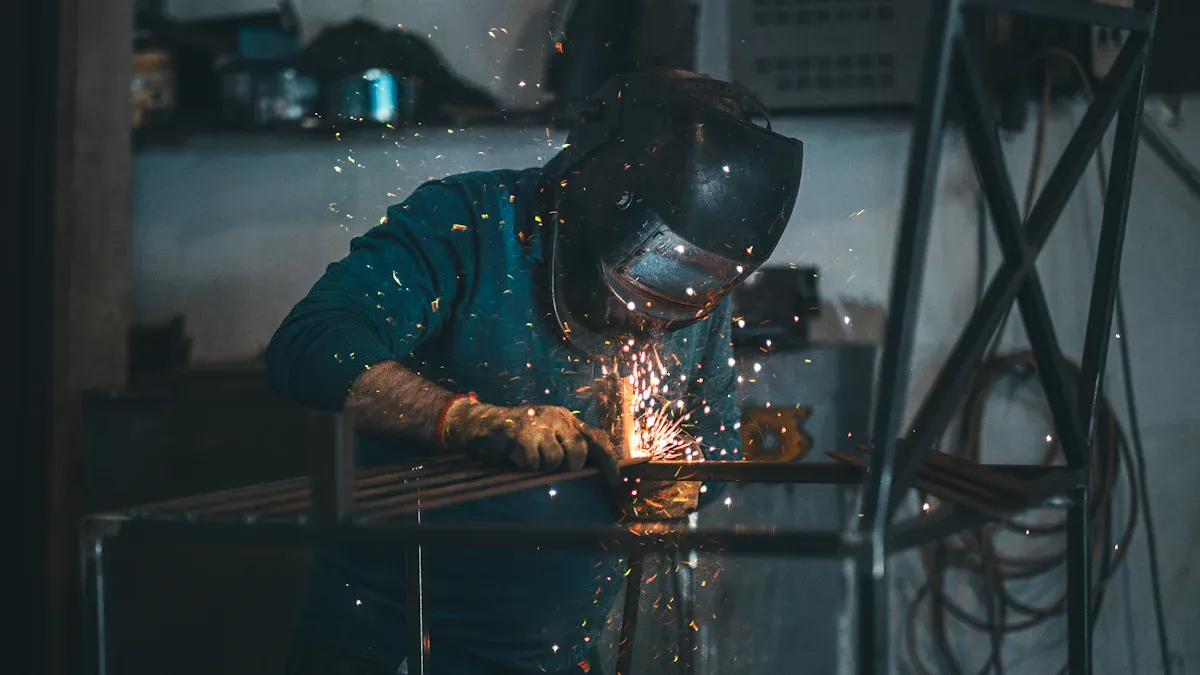
Types of Laser Welding Machines
Choosing the right laser welding machine is crucial for achieving optimal results in sheet metal welding. I always recommend evaluating your project’s scale and complexity before making a decision. Here’s a breakdown of the main types of laser welding machines and their applications:
Each machine offers unique advantages. For example, handheld machines are perfect for quick repairs, while robotic systems excel in high-precision tasks like automotive panel assembly. If you’re aiming for efficiency and scalability, fully automatic machines are the way to go.
Common Materials for Laser Welding Sheet Metal
The choice of material plays a significant role in the success of sheet metal welding. I’ve found that understanding the properties of each material helps in selecting the right welding mode. Here’s a quick guide:
For instance, aluminum alloys demand higher laser power due to their reflectivity, while stainless steels require precise control to maintain corrosion resistance. By matching the material with the appropriate welding technique, you can ensure strong and reliable welds.
Essential Safety Equipment
Safety should never be an afterthought in laser welding. I always emphasize the importance of adhering to safety standards like ANSI Z-136 to protect workers and equipment. Here are the essentials:
Laser Safety Glasses: Protect your eyes from harmful laser radiation. Choose glasses rated for the specific wavelength of your laser.
Protective Barriers: Use physical barriers to shield operators from stray laser beams.
Ventilation Systems: Install proper ventilation to remove fumes and particulates generated during welding.
Personal Protective Equipment (PPE): Wear gloves, aprons, and helmets to safeguard against burns and sparks.
Emergency Shutoff Systems: Ensure your equipment has accessible emergency stop buttons to prevent accidents.
These measures not only protect workers but also ensure compliance with safety regulations. Investing in high-quality safety equipment is a small price to pay for peace of mind.
Tip: Always conduct regular safety audits to identify and address potential hazards in your laser welding setup.
Best Practices for Sheet Metal Welding
Preparing the Workpiece
Preparation is the foundation of successful laser welding. I always emphasize the importance of starting with a clean and well-prepared workpiece. Contaminants like grease, dirt, and rust weaken the weld and compromise its integrity. Cleaning the surface thoroughly ensures proper weld penetration and reduces defects. For tougher coatings, methods like shot blasting or chemical stripping expose bare metal, making it ready for welding.
Edge preparation is equally critical. Smoothing the edges and removing oxide layers improve weld quality and ensure even joints. Proper alignment of metal pieces simplifies the welding process and reduces the risk of errors. Applying a welding primer protects the metal from rust during the process, which is especially useful for long projects.
Planning ahead saves time and prevents costly delays. I recommend cutting, fitting, and beveling the workpiece before welding. These steps reduce the need for extensive cleaning later and ensure the project runs smoothly.
Tip: A well-prepared workpiece not only enhances welding efficiency but also ensures stronger and more reliable joints.
Optimizing Welding Parameters
Optimizing welding parameters is the key to achieving high-quality results. I’ve seen firsthand how adjustments to electric current, welding speed, and root gap can transform the outcome. For example, increasing electric current improves weld bead geometry, enhancing elongation and toughness. Adjusting welding speed affects penetration and bead width, which directly impacts fatigue strength.
Here’s a quick look at how parameters influence weld quality:
Fine-tuning these parameters ensures consistent results and reduces the risk of defects. I always recommend testing settings on scrap material before starting the actual project. This helps identify the optimal combination for your specific application.
Note: Optimized parameters not only improve welding efficiency but also enhance the reliability of the welded joint.
Ensuring Quality Control
Quality control is non-negotiable in laser welding. I rely on dimensional accuracy, tolerance specifications, and material standards to validate the effectiveness of the weld. Surface finish and adherence to welding symbols ensure the final product meets design requirements.
Using industrial standards like ISO and ASTM guarantees consistency and compliance. These benchmarks eliminate defects and maintain manufacturing efficiency. Advanced measurement techniques, such as high-speed imaging (HSI), monitor the welding process in real-time. HSI identifies defects, analyzes plume dynamics, and ensures weld stability.
Automated systems provide direct measurements of weld depth and create 3D images of the weld keyhole for better alignment. Techniques like dye penetrant testing and eddy current testing detect surface and subsurface defects, ensuring optimal weld quality.
Tip: Regular quality checks maintain manufacturing efficiency and cost-effectiveness while ensuring parts meet design requirements.
Challenges and Solutions in Laser Welding
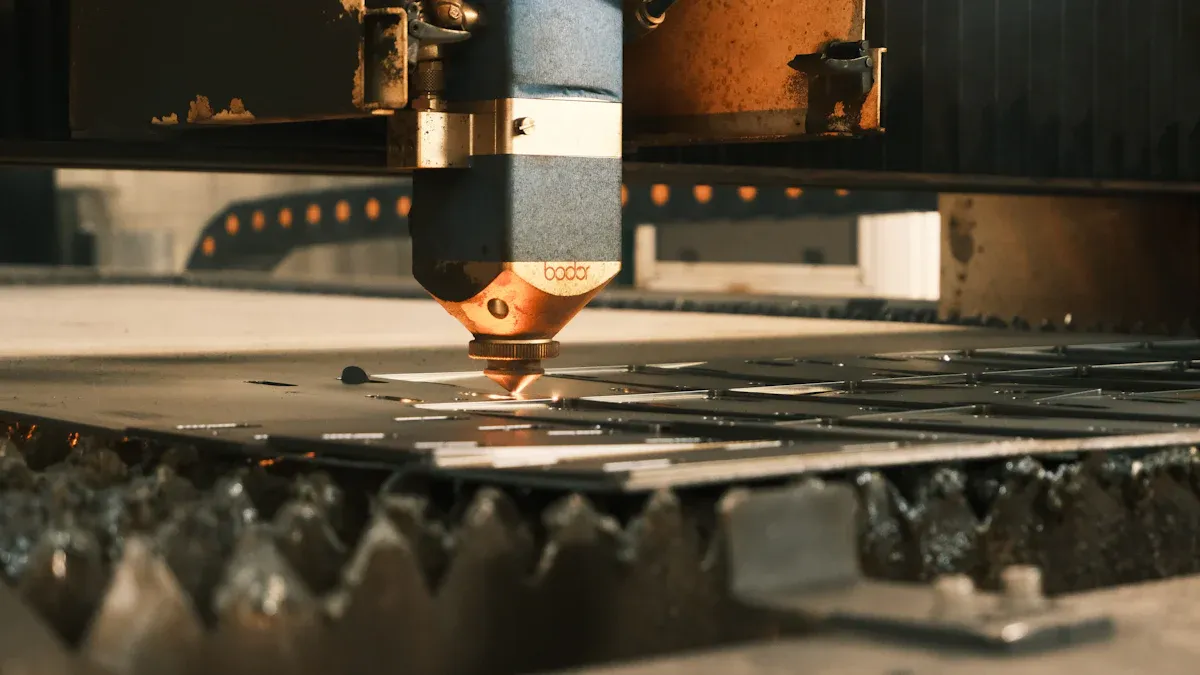
Common Issues in Sheet Metal Welding
Laser welding offers precision and efficiency, but challenges arise when working with sheet metal. I’ve encountered several recurring issues that can compromise weld quality. These challenges often stem from material properties and process dynamics.
Mechanical properties also play a role. Studies show that weld bead geometry and heat-affected zones (HAZ) significantly impact the formability of welded sheets. Analytical equations help detect defects efficiently, but achieving consistent results requires careful monitoring.
To address these issues, I recommend focusing on material compatibility and optimizing welding parameters. Proper joint preparation minimizes thermal stress and improves weldability. Advanced defect detection methods, such as high-speed imaging, ensure weld quality remains consistent.
Tip: Always evaluate the mechanical properties of your materials before starting the welding process. This reduces the risk of defects and improves overall efficiency.
Overcoming Limitations in Laser Welding
Laser welding has limitations, but innovative solutions continue to push the boundaries of what’s possible. I’ve seen hybrid welding emerge as a powerful technique to overcome many challenges. By combining laser welding with gas metal arc welding (GMAW), manufacturers achieve deeper penetration and better gap-bridging ability.
Here are some key advancements that address laser welding limitations:
New laser technologies replace conventional CO2 lasers, expanding applications.
Hybrid welding integrates laser and electric arc processes for enhanced efficiency.
Lightweight materials, such as aluminum alloys, benefit from optimized welding parameters.
I’ve found that careful parameter management is essential. Experiments show that adjusting heat input and welding speed reduces distortion and improves weld strength. Thermal models quantify heat variations, helping manufacturers refine their processes.
Hybrid welding combines laser and GMA processes for better applications.
Experiments monitor parameters affecting weld quality and distortion.
Thermal models quantify heat input variations compared to conventional methods.
Note: Investing in advanced laser technologies and hybrid welding techniques can significantly improve productivity and weld quality.
Laser welding has transformed sheet metal fabrication. Its versatility, speed, and precision make it indispensable in industries like automotive and aerospace. I’ve seen firsthand how it minimizes distortion and delivers high-quality welds. Proper techniques and equipment amplify these benefits, ensuring consistent results.
I encourage you to explore laser welding further. Apply these insights to your projects and unlock its full potential. The future of sheet metal fabrication starts here!
FAQ
What is the best laser welding technique for beginners?
I recommend starting with conduction welding. It’s simpler to control and works well for thin materials. This technique produces clean, shallow welds, making it ideal for learning the basics without compromising quality. Once you master it, you can explore more advanced methods like keyhole welding.
How does laser welding compare to traditional welding?
Laser welding offers unmatched precision, speed, and efficiency. Unlike traditional methods, it minimizes distortion and produces cleaner welds. It’s also compatible with welding automation, which boosts productivity and ensures consistent results. If you’re looking to modernize your process, laser welding is the way to go.
Can laser welding handle all types of metals?
Laser welding works with a wide range of metals, including stainless steel, aluminum, and titanium. However, some materials, like aluminum alloys, require higher laser power due to their reflectivity. Choosing the right parameters and techniques ensures strong, reliable welds for any material.
Is laser welding safe to use?
Yes, laser welding is safe when proper precautions are taken. Always wear laser safety glasses, use protective barriers, and ensure adequate ventilation. Following safety standards like ANSI Z-136 protects both workers and equipment, making the process secure and efficient.
How can I improve the quality of my laser welds?
Preparation is key. Clean the workpiece thoroughly, align the edges precisely, and optimize your welding parameters. Regular quality checks, such as dye penetrant testing, help identify defects early. Investing in welding automation can also enhance consistency and reduce errors.
